Frequently Asked Questions
1. What are handmade knives?
2. What materials are commonly used in crafting handmade knives?
3. What is the process of creating a custom knife?
4. How do I choose the right handmade knife for my needs?
5. How can I maintain my handmade knives?
In the world of culinary arts, the right tools can significantly enhance the cooking experience. Among these tools, handmade knives stand out not just for their function but for their artistry. The creation of custom knives is a craft that blends tradition, skill, and a passion for food. This article delves into the enchanting world of custom knives, exploring the craftsmanship and quality that goes into creating these masterpieces.
The History of Knife Making
The art of knife making dates back thousands of years. Originally, knives were essential tools for survival, aiding in tasks such as hunting and food preparation. Over time, the evolution of materials and techniques transformed knives from mere tools into objects of beauty and functionality.
Historically, regions around the world have contributed to the art of knife making. For instance, Japanese artisans developed a unique technique that fuses beauty with unparalleled performance. Their approach to making handmade knives emphasizes the importance of balance, sharpness, and aesthetics.
The Craftsmanship Behind Custom Knives
The craftsmanship involved in creating custom knives is a meticulous process that requires a keen eye for detail and a deep understanding of materials. Each knife begins with a concept that reflects the artisan's vision, followed by selecting the right materials to bring that vision to life.
Materials Used in Crafting Handmade Knives
Choosing the right materials is crucial for performance and longevity. Typical materials include:
- Steel: High carbon steel and stainless steel are popular choices for their durability and edge retention.
- Handle Materials: Options like hardwood, micarta, and G10 provide strength and aesthetic appeal.
- Pins and Bolsters: Made from brass, nickel, or steel, these elements enhance both the visual appeal and function of the knife.
The Process of Creating Handmade Knives
The process of creating a custom knife involves several steps, each requiring precision and patience. Here’s a brief overview of the stages:
- Design: Every knife begins with a design. Artisans often sketch their ideas before moving to the digital realm to refine the details.
- Forging: This step involves shaping the steel into the desired blade profile. Traditional blacksmith techniques often add character and history to the blade.
- Heat Treating: A critical component that involves heating the blade to harden the steel, followed by tempering to achieve the right balance of hardness and resilience.
- Grinding and Honing: Shaping the blade further, artisans grind the blade into its final form and hone the edge for optimal sharpness.
- Handle Crafting: The handle is crafted to fit comfortably in the user's hand, combining beauty with ergonomics.
- Finishing Touches: Finally, a custom knife is polished and finished, often allowing for personalization or unique designs to reflect the owner’s personality.
The Importance of Quality in Handmade Knives
When it comes to handmade knives, quality is paramount. A well-crafted knife not only looks good but performs exceptionally well. The quality of a knife can make a significant difference in both professional kitchens and home cooking.
Performance and Longevity
Quality handmade knives are designed to last for generations. Unlike mass-produced kitchen knives, custom knives can be tailored to the specific needs of the cook. Such personalization enhances cooking experiences, making them more enjoyable and efficient.
Aesthetic Appeal
Handmade knives are often stunning works of art. The time and effort artisans invest in creating these knives reveal their passion and craftsmanship. From detailed engravings to unique handle designs, each knife can be as beautiful as it is functional. This intrinsic beauty does not just serve to please the eye; it also tells a story of craftsmanship and dedication.
Choosing the Right Handmade Knife for You
With the vast array of custom knives available, selecting the right one can feel overwhelming. Here are some factors to consider:
Purpose and Use
Consider how you plan to use the knife. Are you looking for a chef's knife, a paring knife, or something designed for specialized tasks? Each knife serves a distinct purpose, and choosing the right one ensures that it fits seamlessly into your cooking routine.
Comfort and Fit
The handle of a knife is often as critical as its blade. A knife should feel comfortable in your hand and allow for ease of movement during tasks. When possible, it's a good idea to hold different knives to find the one that best fits your grip and style.
Design and Aesthetics
Since handmade knives are often unique, the aesthetic element plays a big role for many buyers. Choose a design that resonates with your personal style. Whether you lean toward minimalism or ornate designs, there’s likely a custom knife that fits your taste.
Maintaining Your Handmade Knives
Investing in a custom knife is just the beginning. Proper maintenance is essential to ensure its longevity and performance. Here are some tips:
- Keep it Clean: Always wash your knife by hand to avoid damage from dishwashers. Use warm water and mild soap, then dry thoroughly.
- Sharpen Regularly: A sharp blade is crucial for performance and safety. Use a whetstone or professional sharpening service to maintain the edge.
- Store Properly: Avoid storing your knife loosely in a drawer. Use a magnetic strip or knife block to protect the blade and prevent accidents.
The Community and Culture of Knife Making
Knife making is not only a craft but also a community. Artisans often share their techniques, collaborate on projects, and support one another in honing their skills. Workshops and exhibitions celebrate this art, allowing both creators and enthusiasts to connect.
The Modern Renaissance of Knife Making
In recent years, there has been a resurgence of interest in the craft of knife making. With the rise of the DIY movement and a greater appreciation for artisanal products, more individuals are engaging with this incredible art form. The community around knife making is not only about the knives themselves but also about sharing stories and preserving traditional techniques.
Unlocking Your Culinary Potential with Custom Knives
The journey of using handmade knives is one of exploration and creativity. Each chef, whether a novice or an expert, can find inspiration through these beautifully crafted tools. They offer not only functionality but also a connection to craftsmanship and culture.
By embracing the beauty and quality of handmade knives, you can unlock your culinary potential. Elevate your cooking with tools that are not just instruments but an extension of your passion. Experience the joy of working with knives that reflect your unique style and enhance your kitchen adventures.
So why settle for ordinary when you can wield a masterpiece? Discover the art of custom knives today and bring extraordinary craftsmanship into your culinary endeavors.


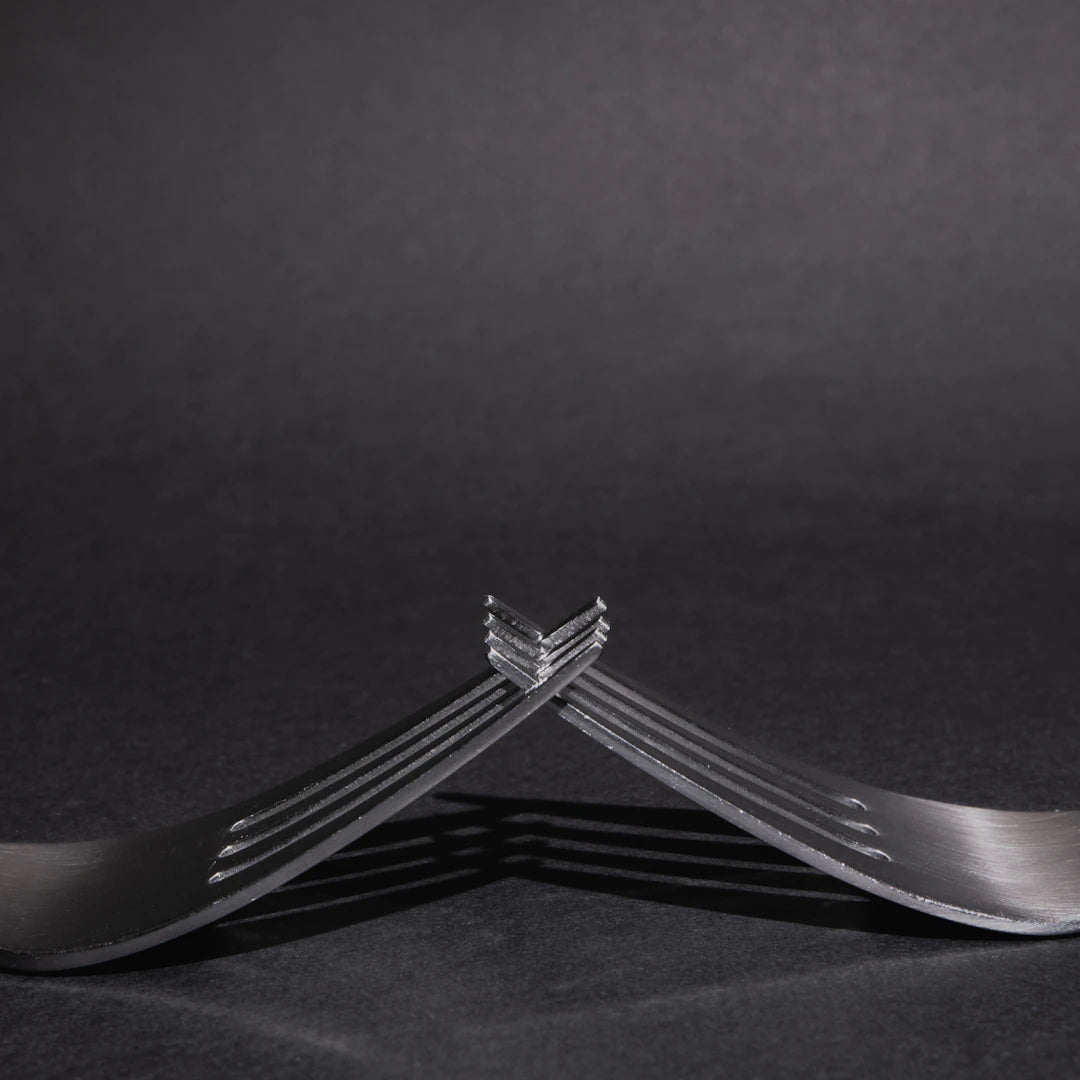



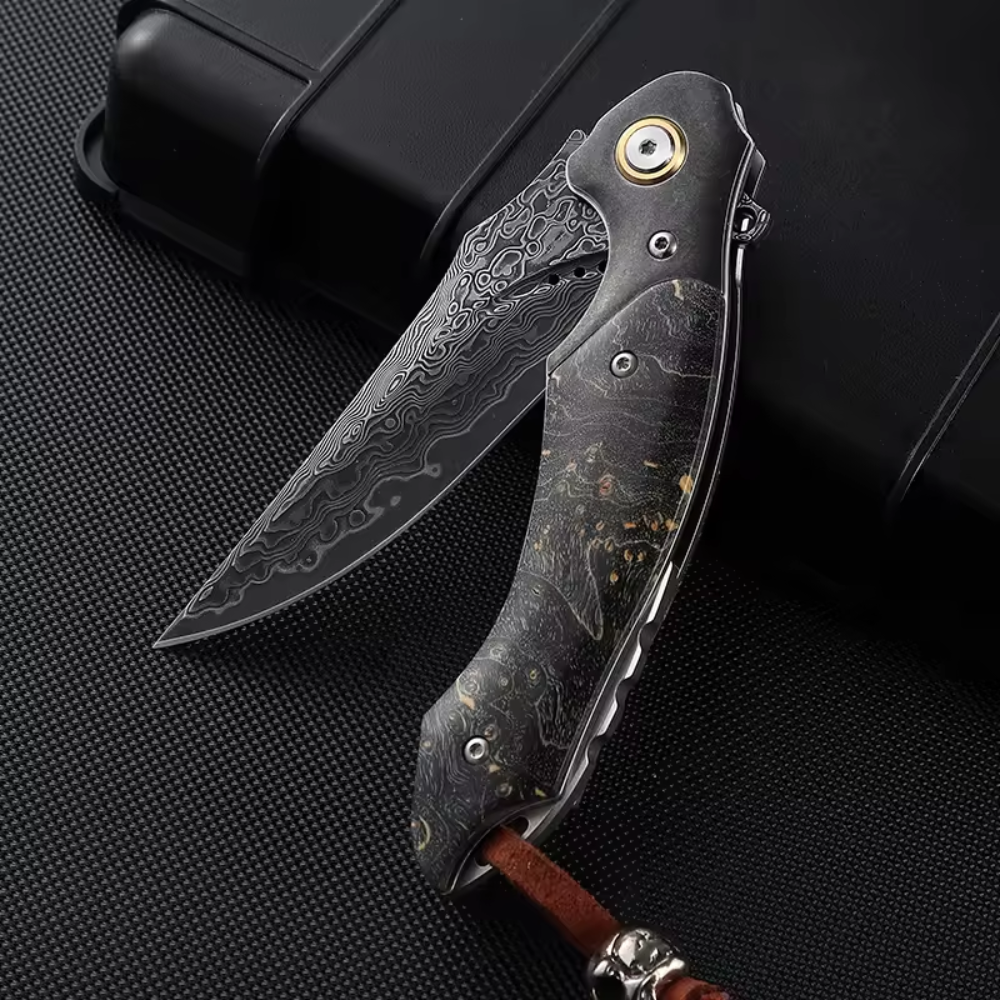
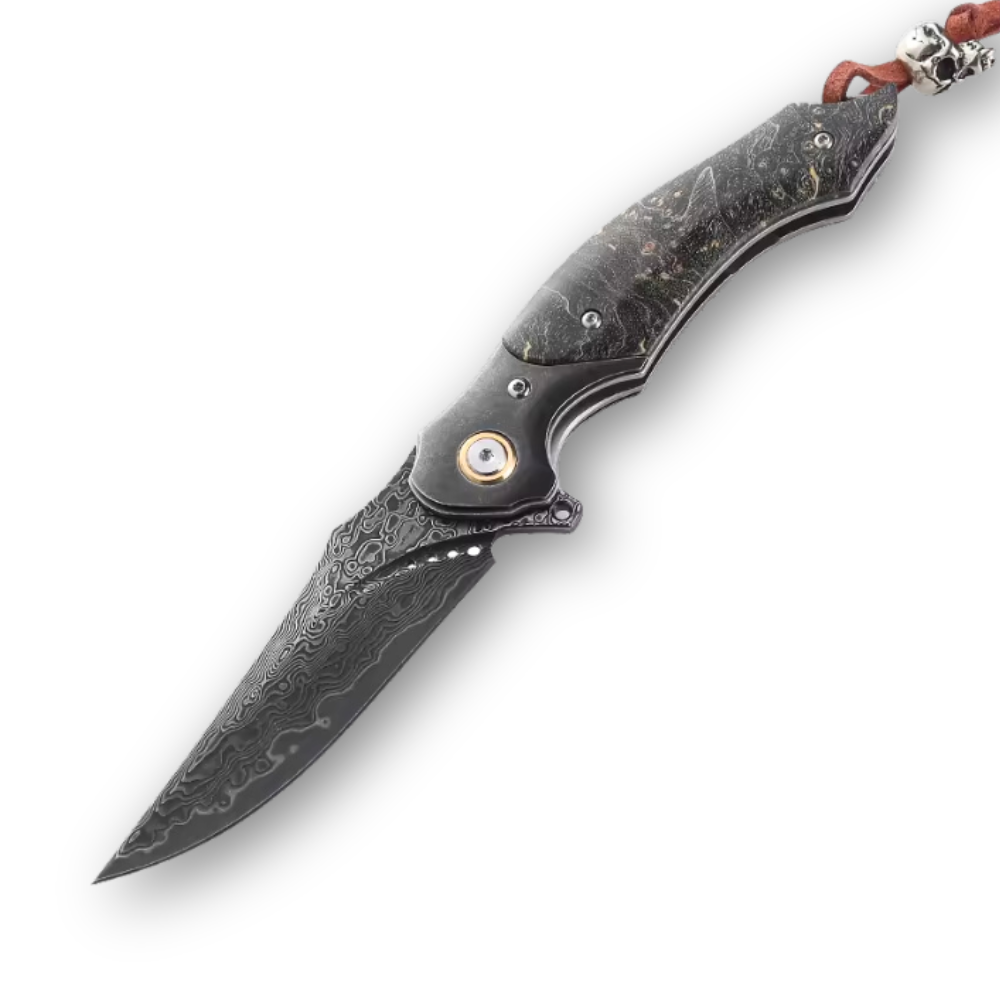
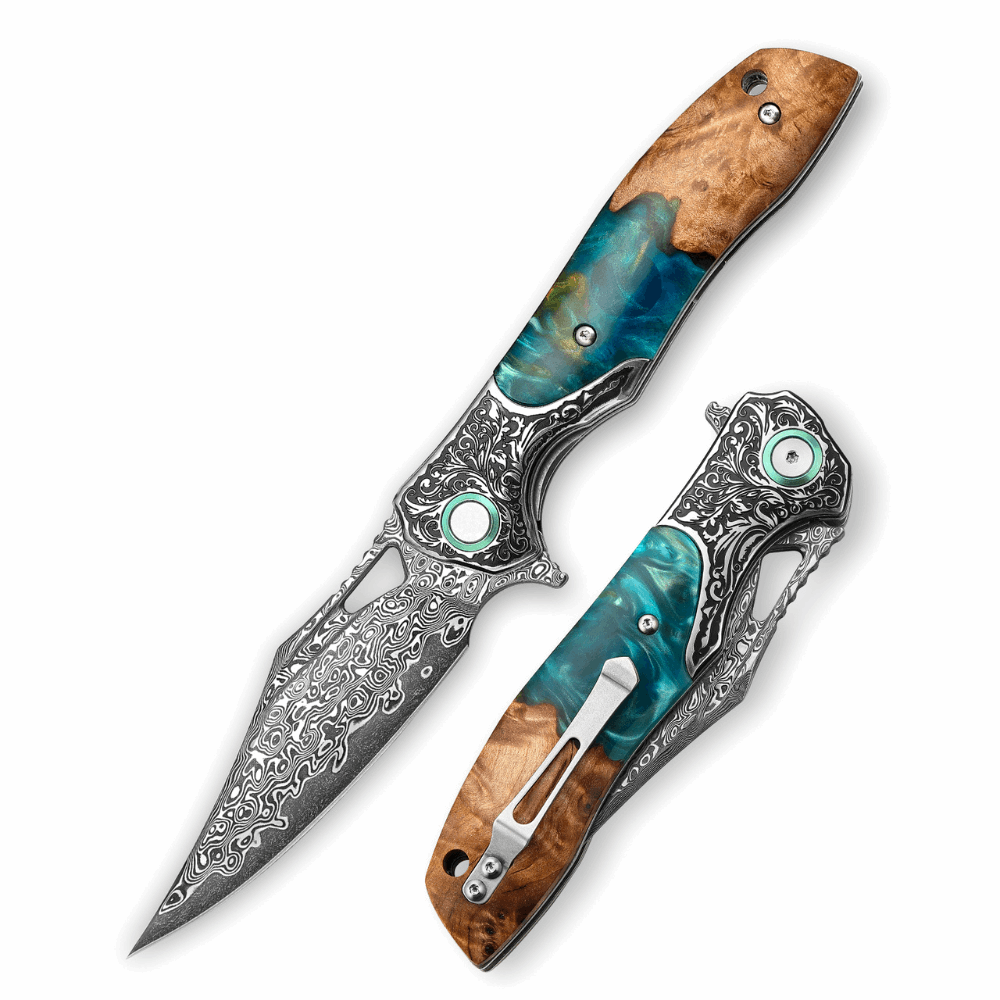
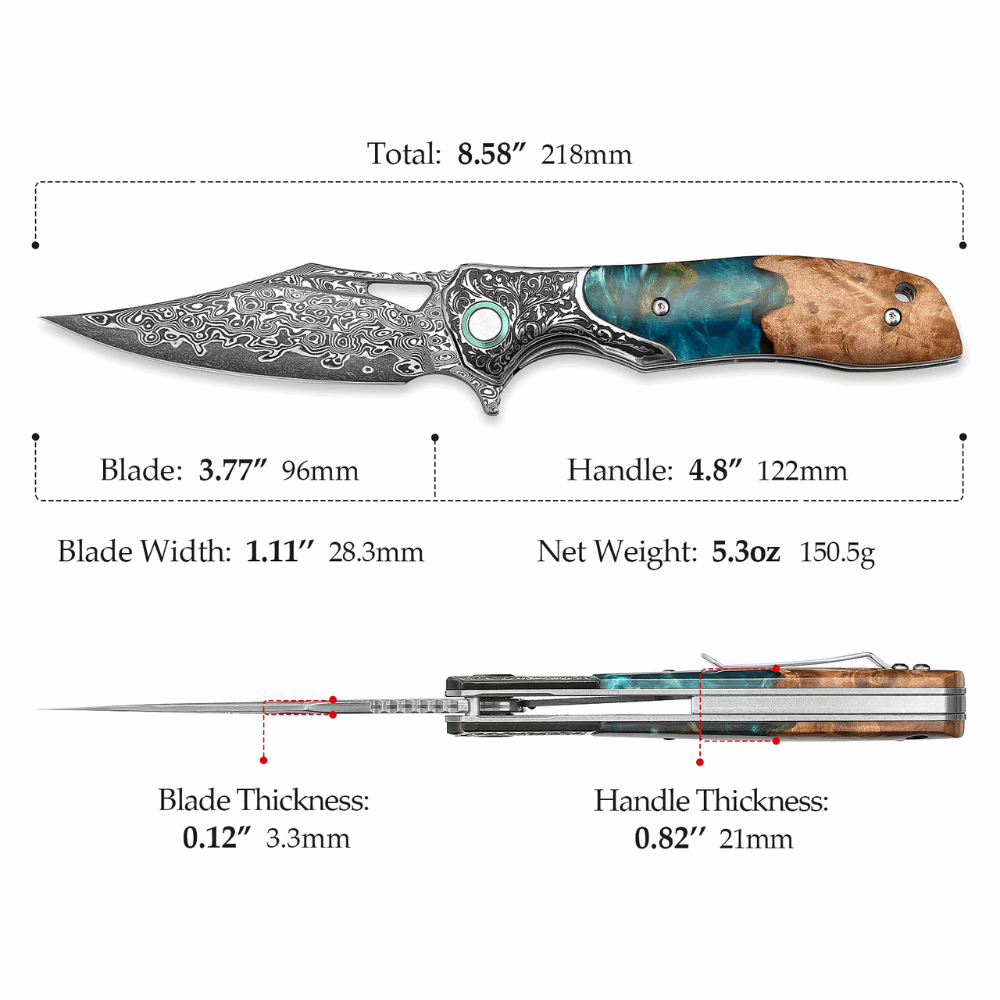
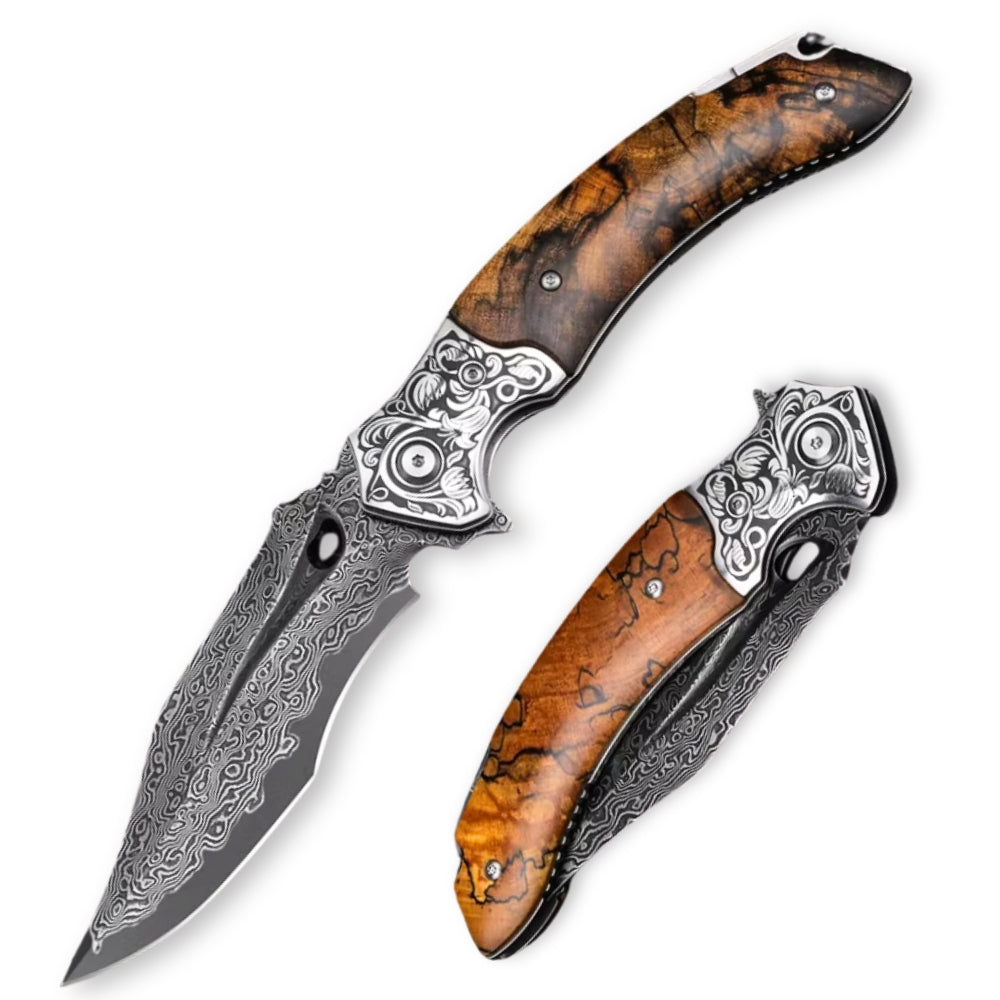
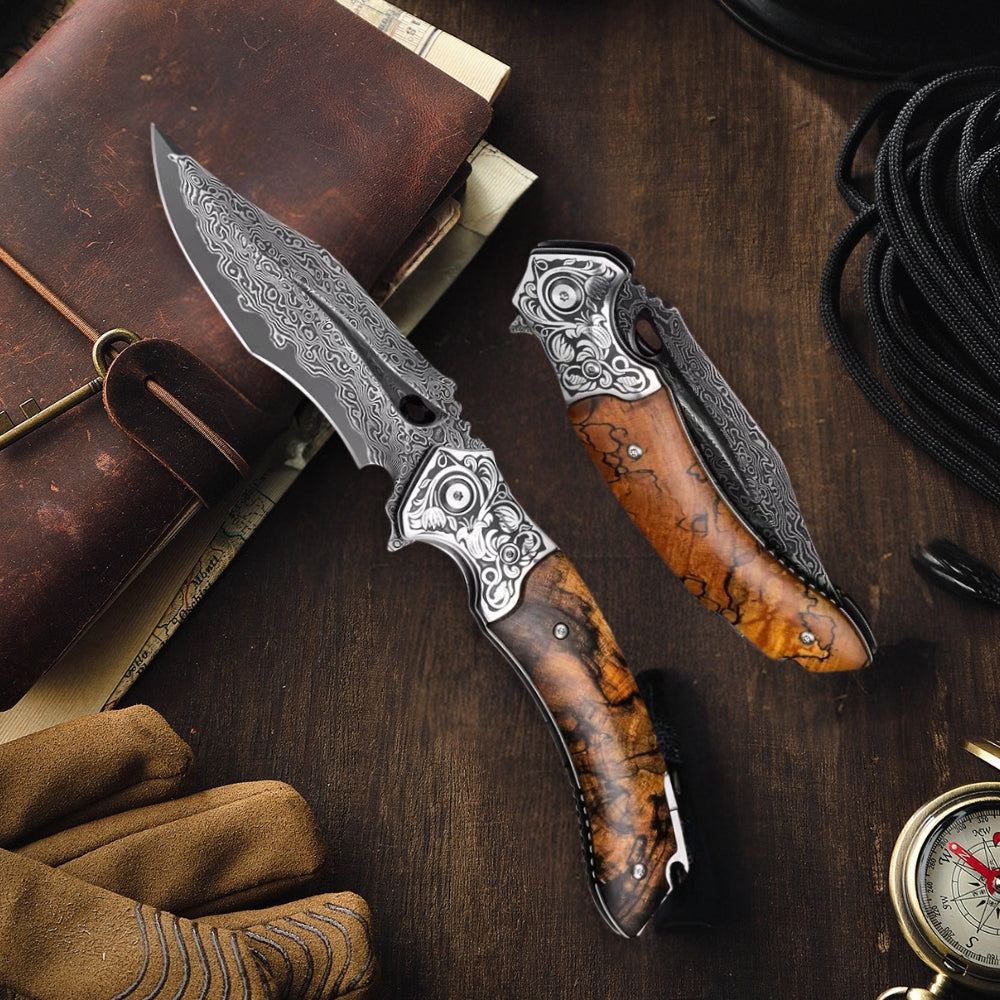
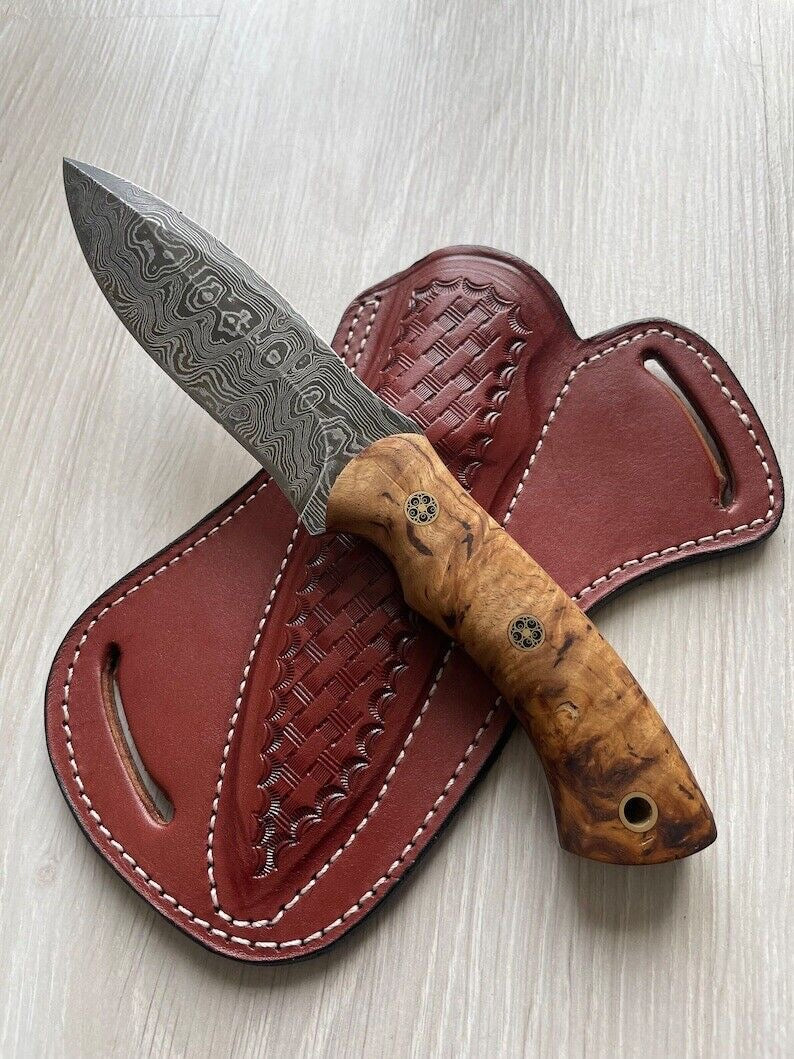
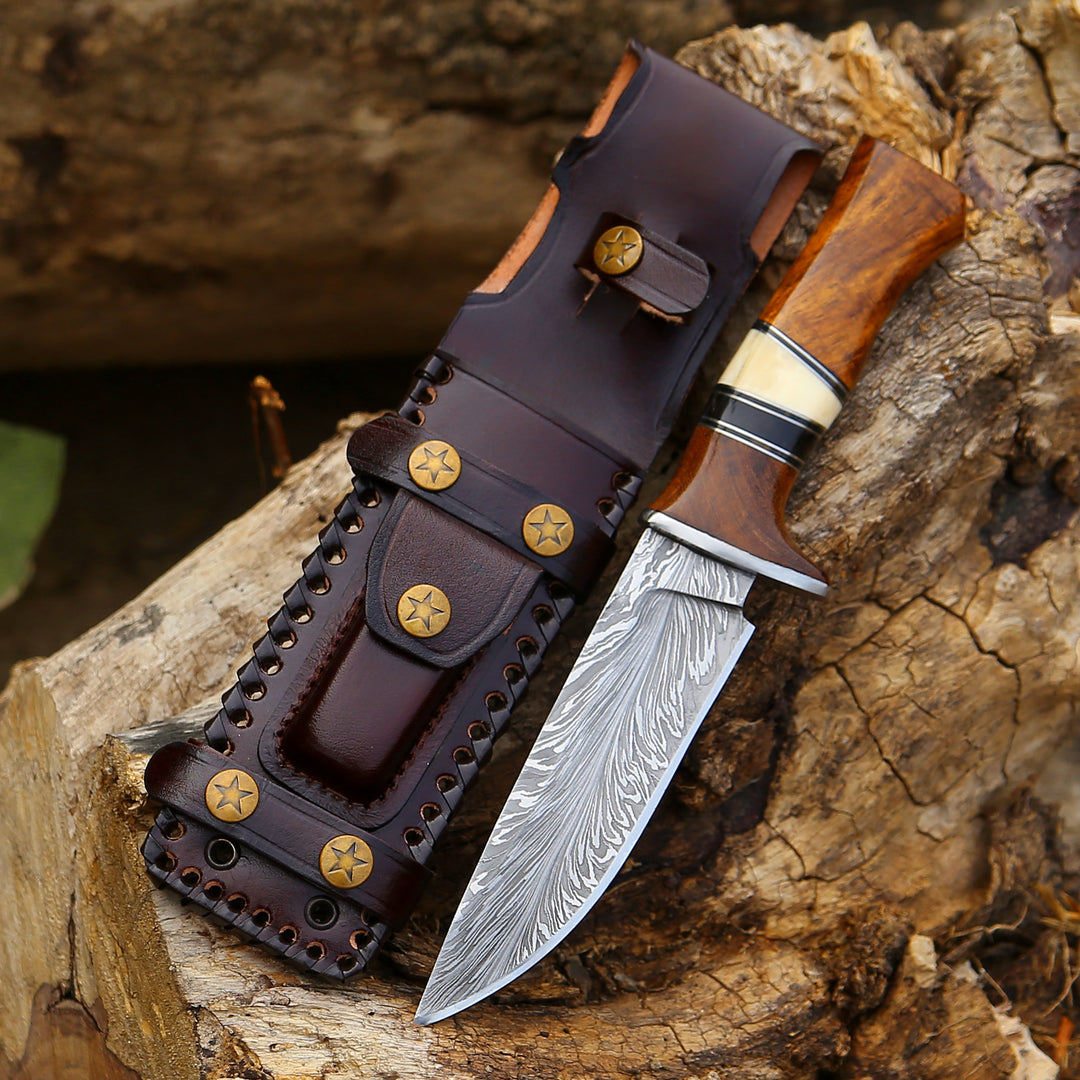
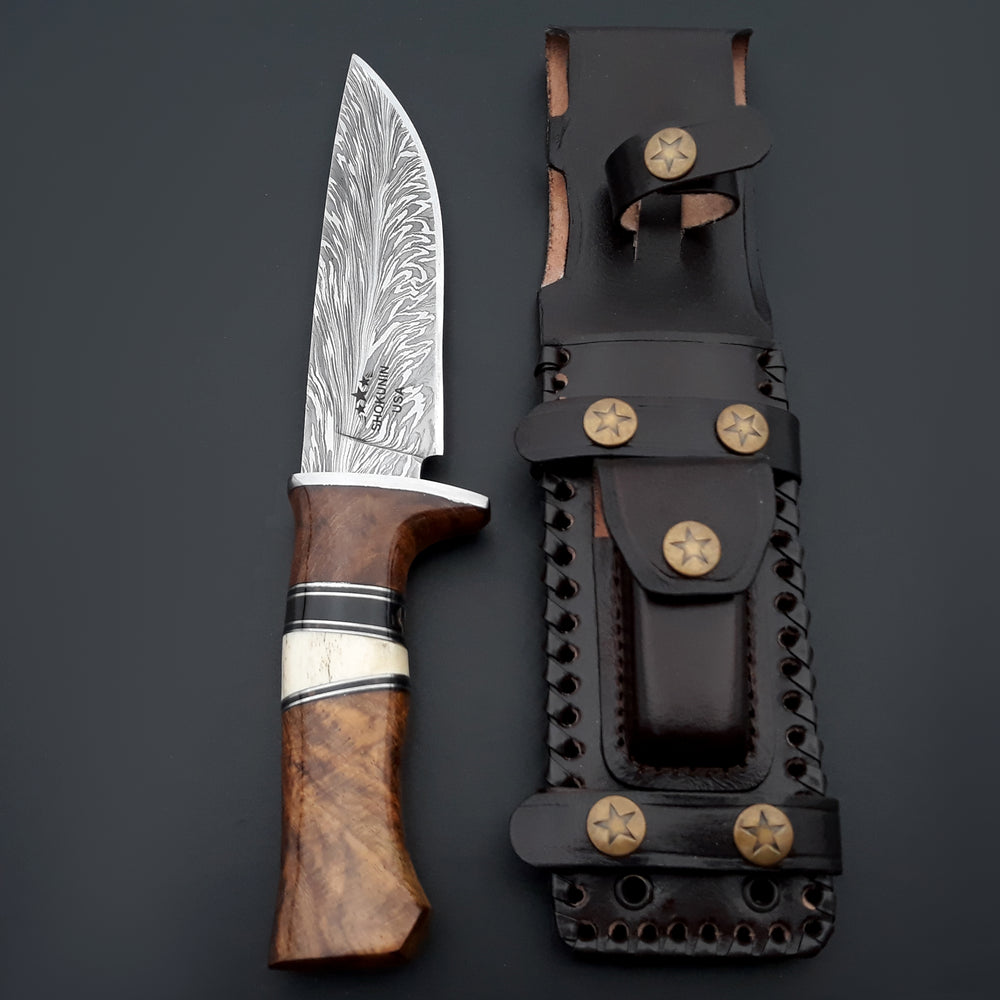
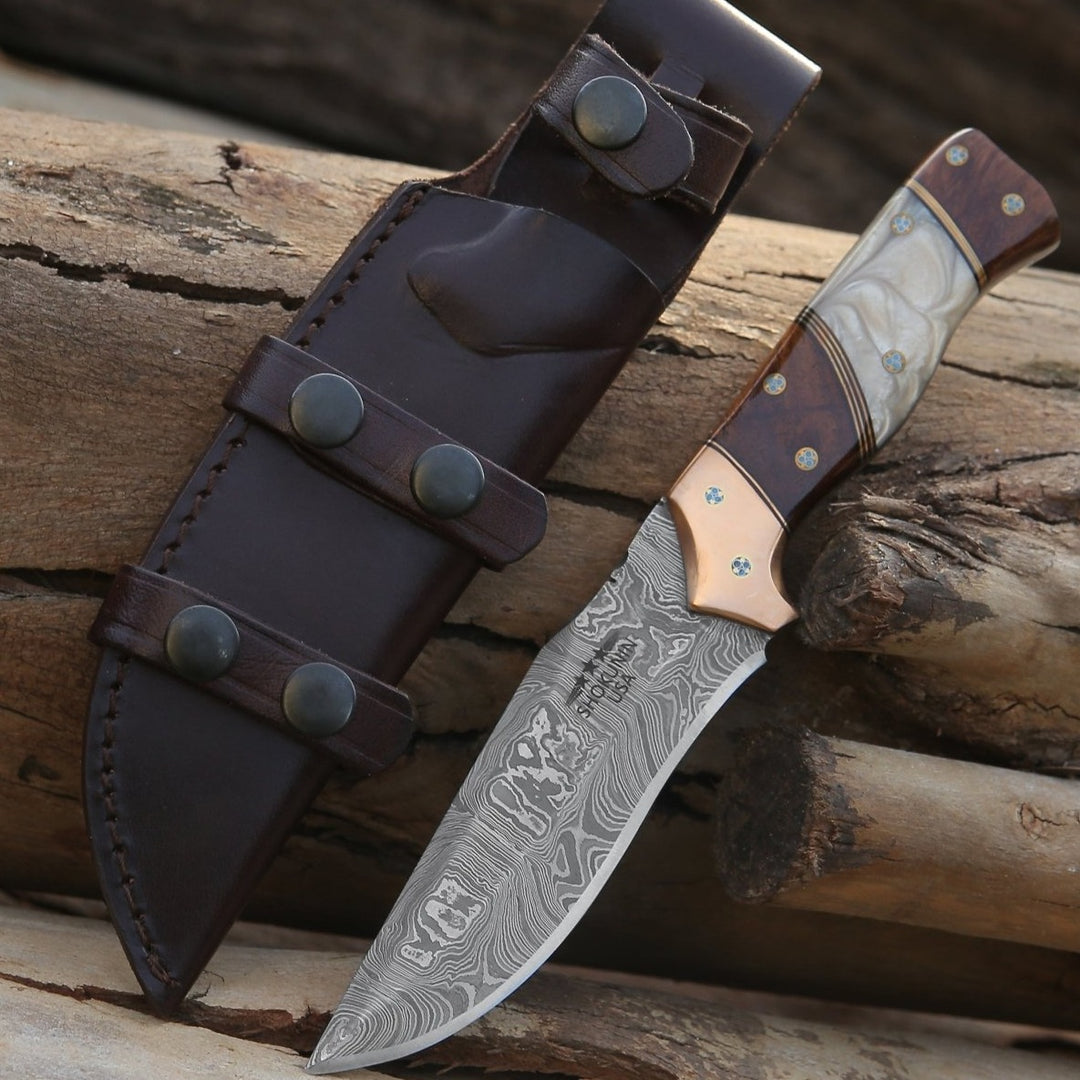
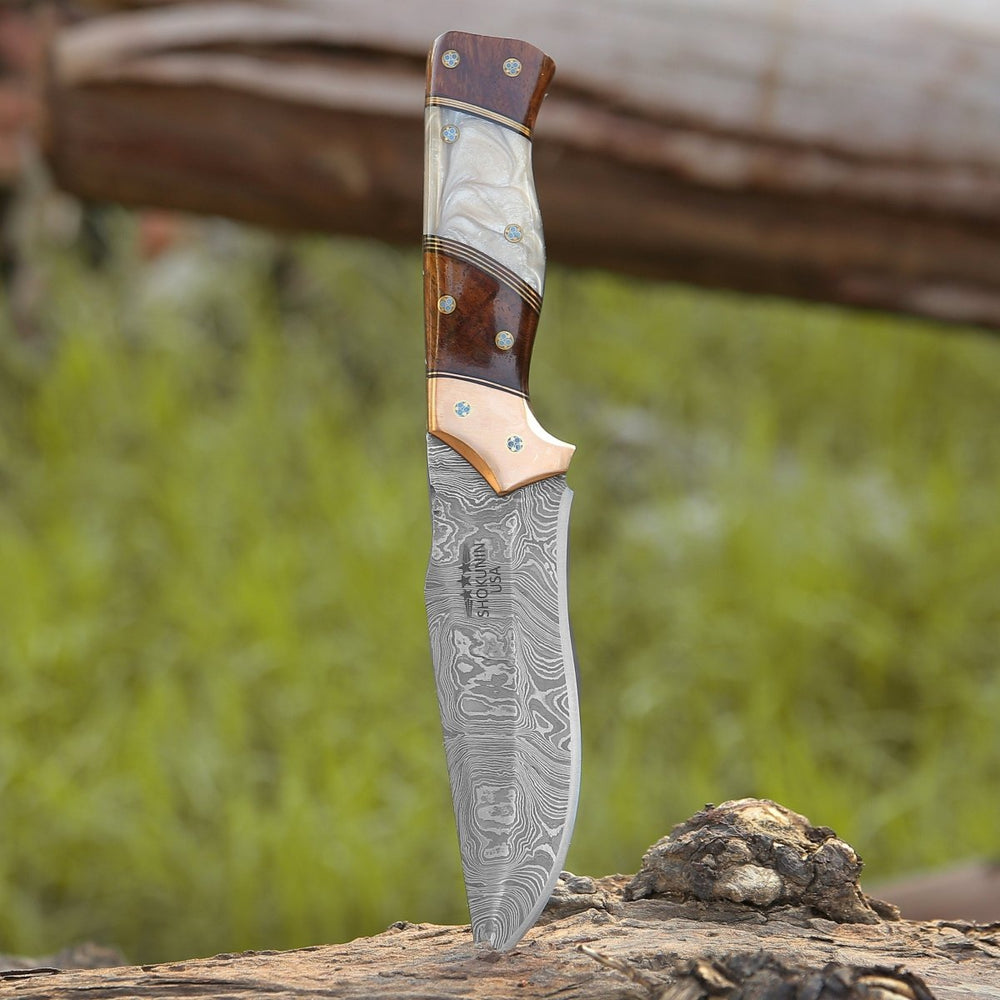
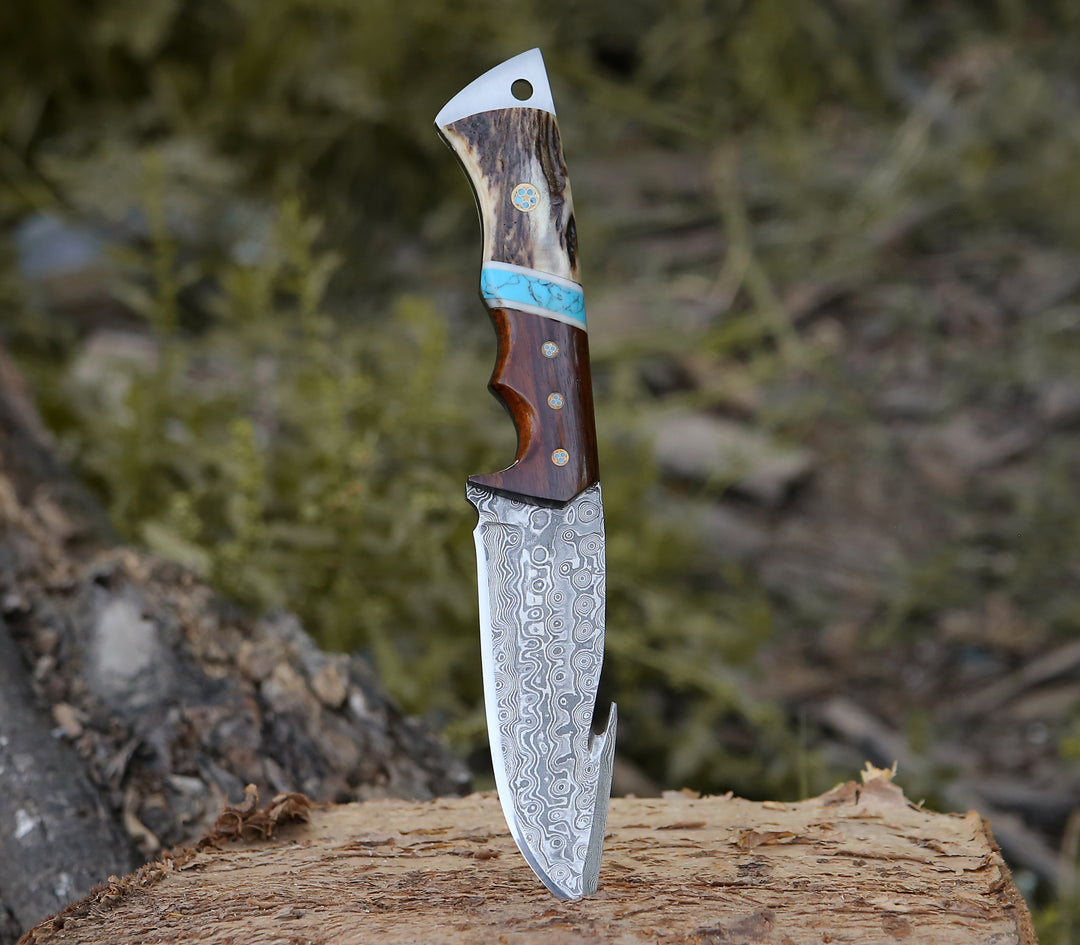
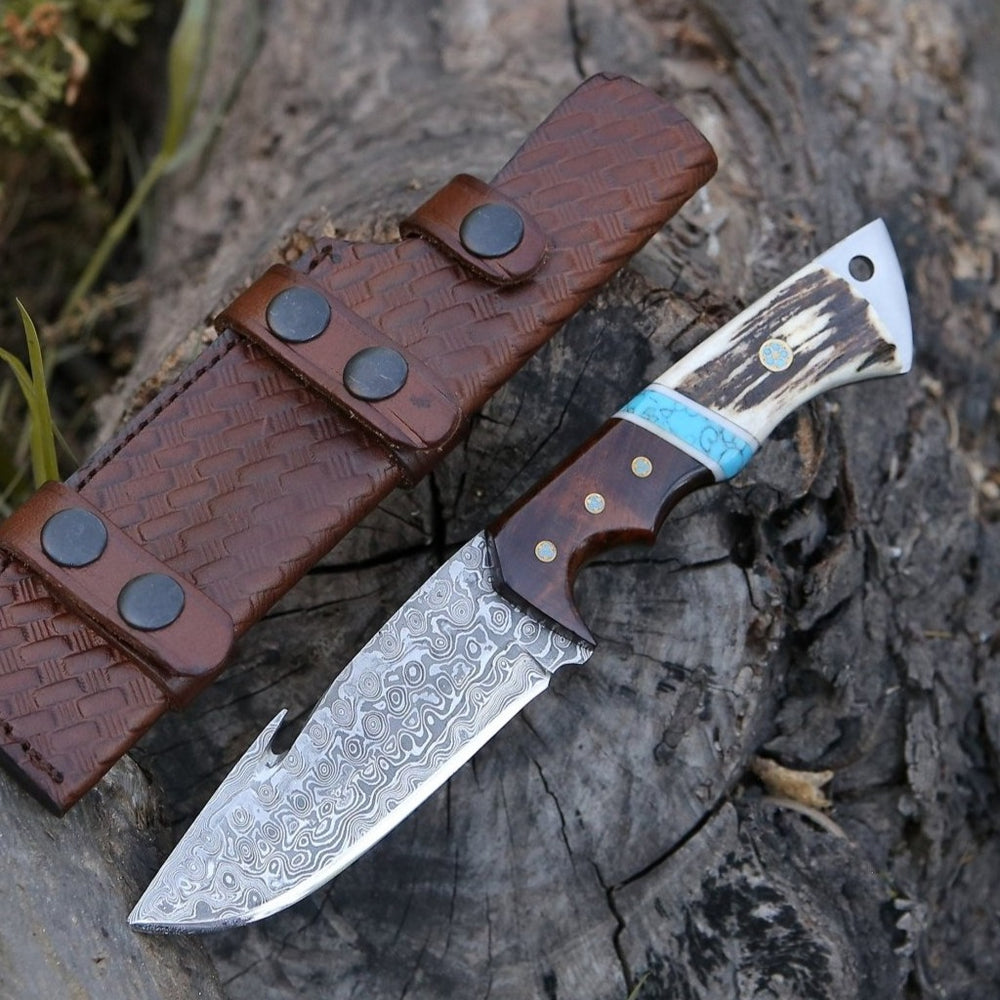
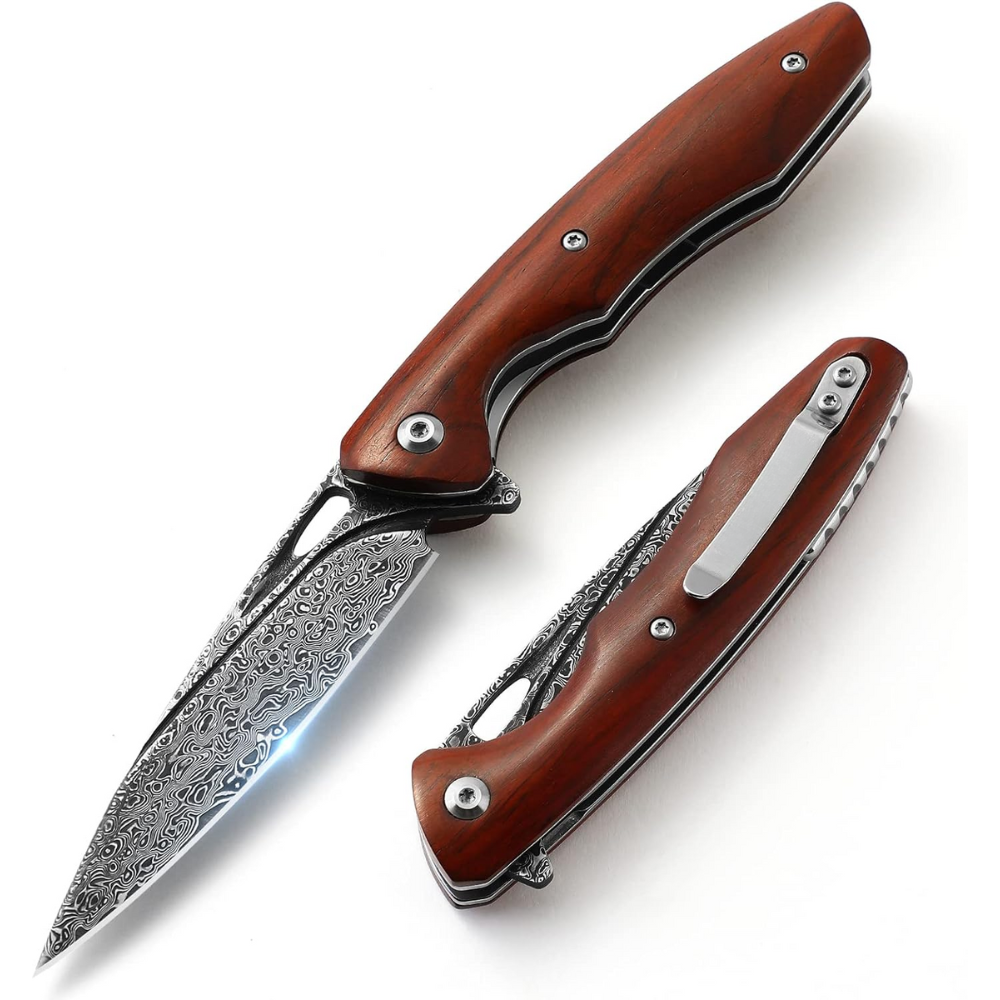
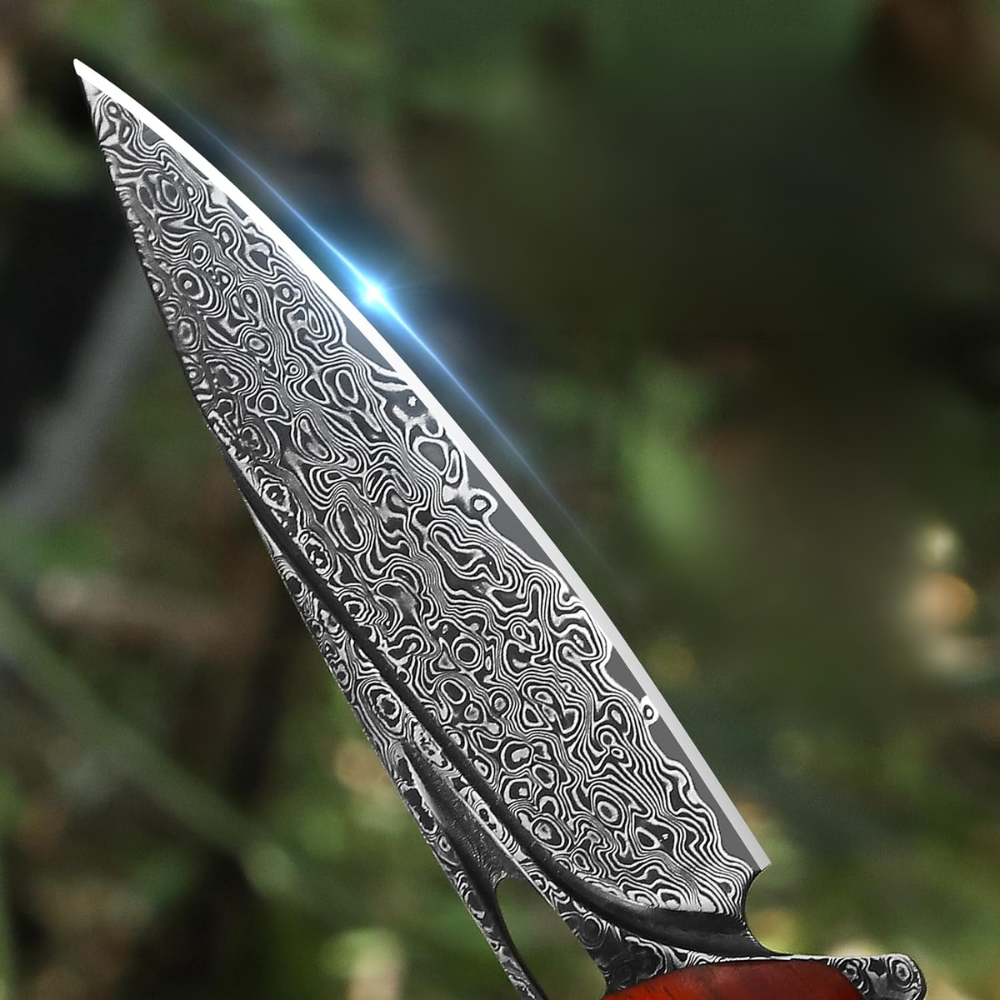
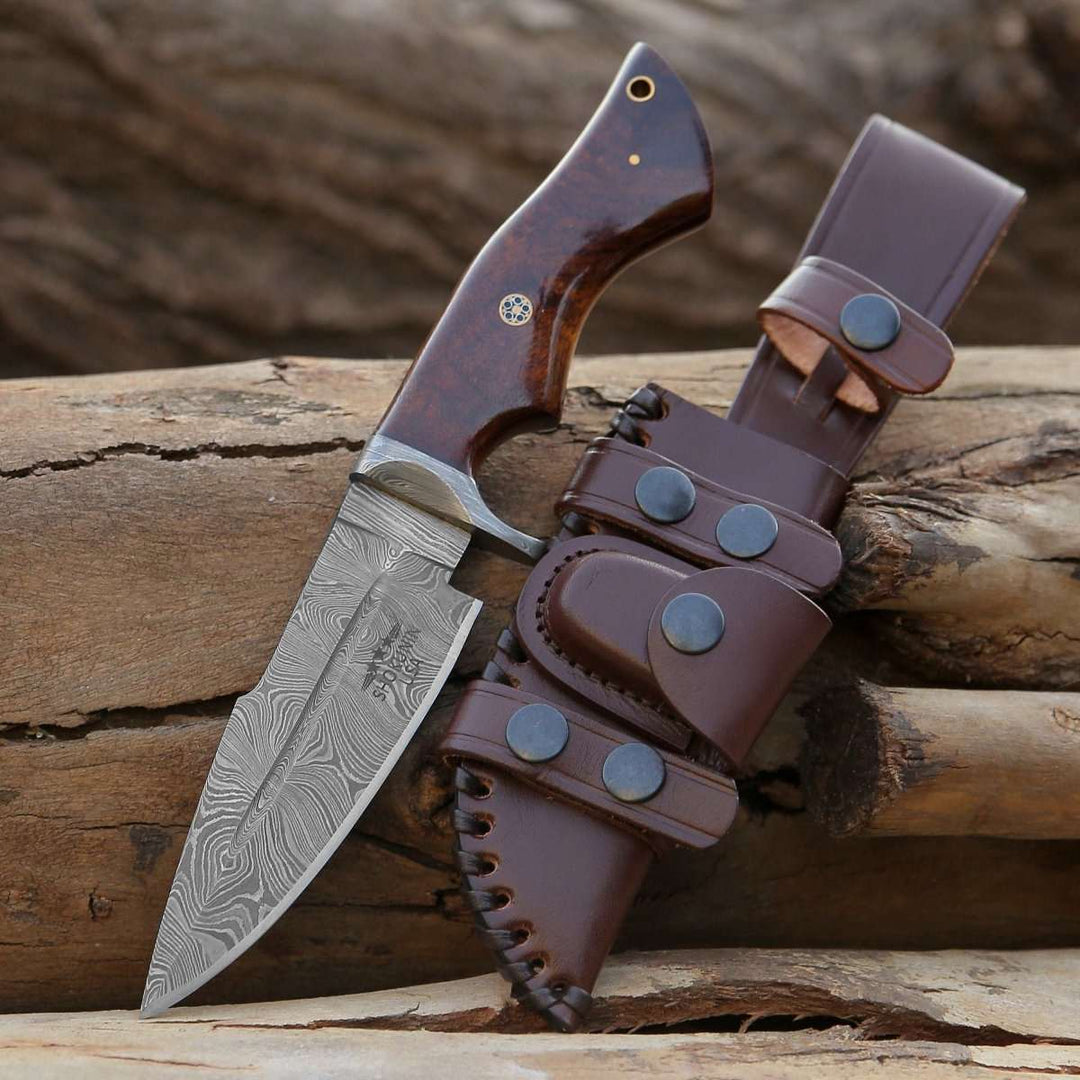
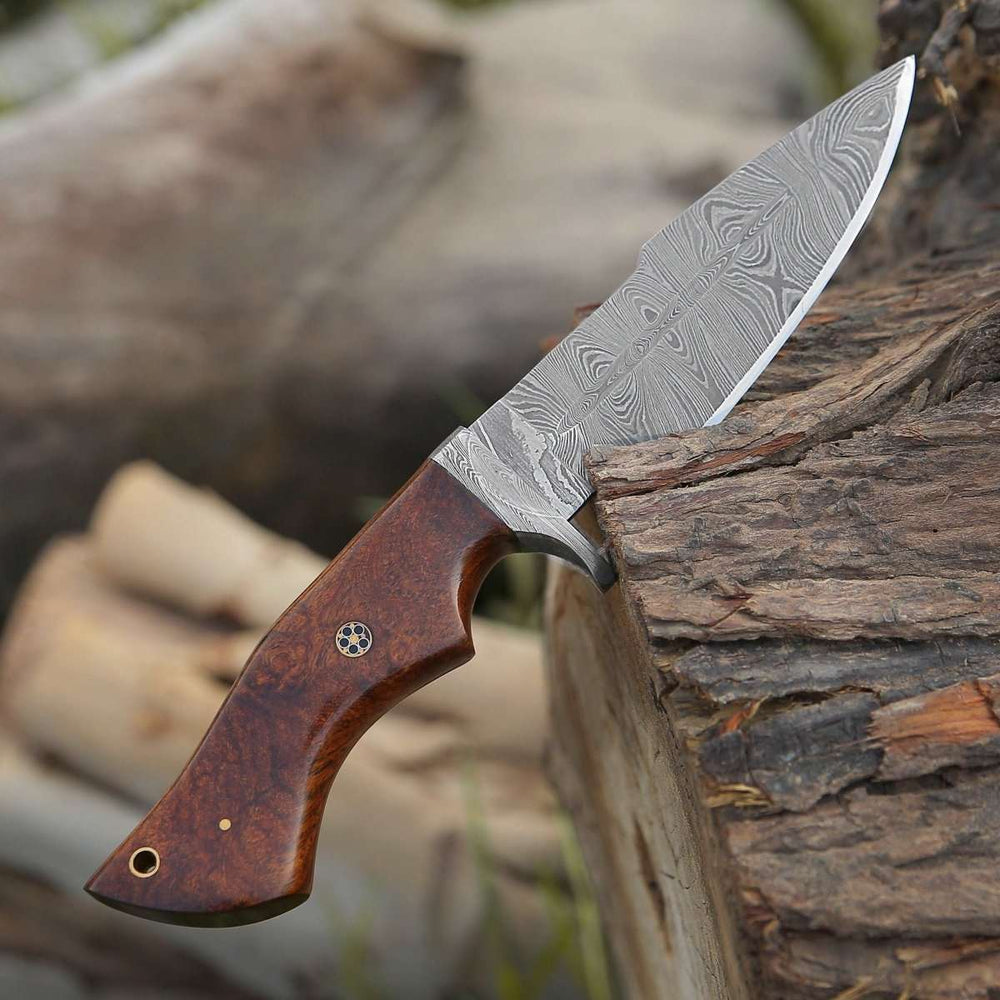
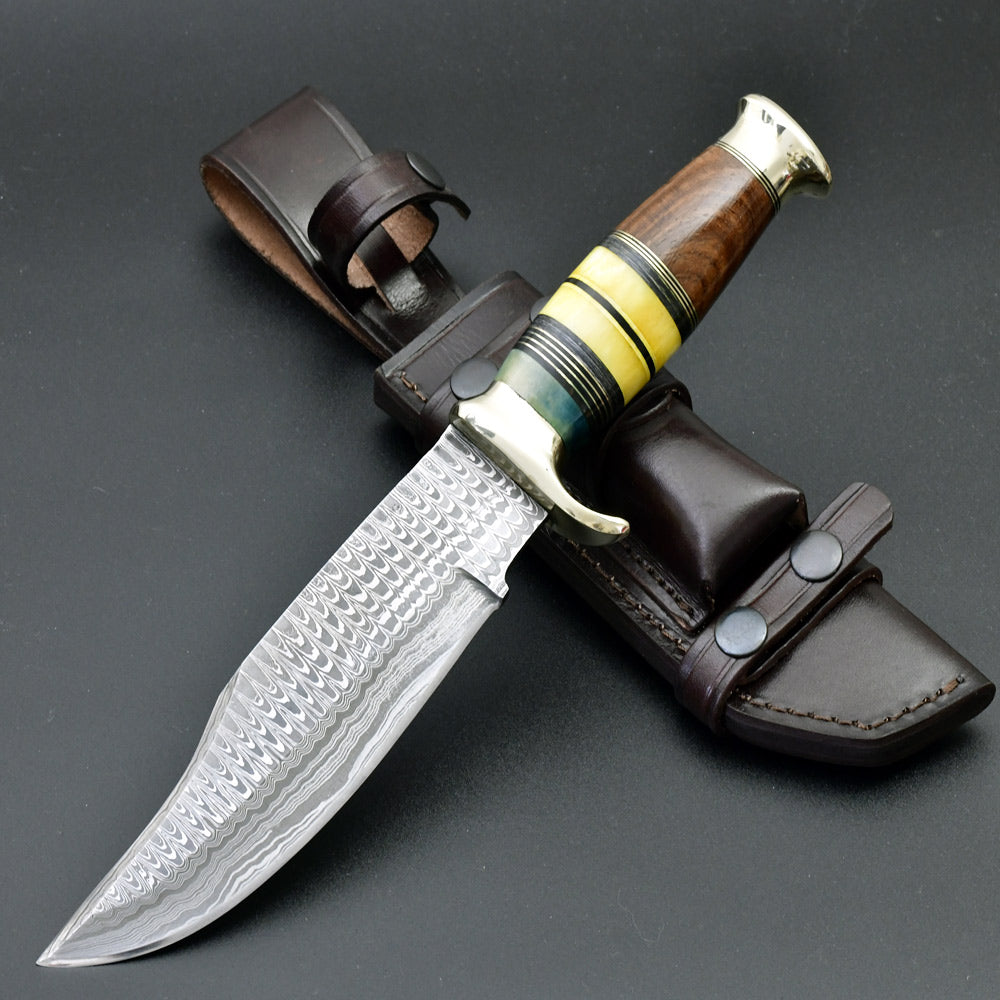
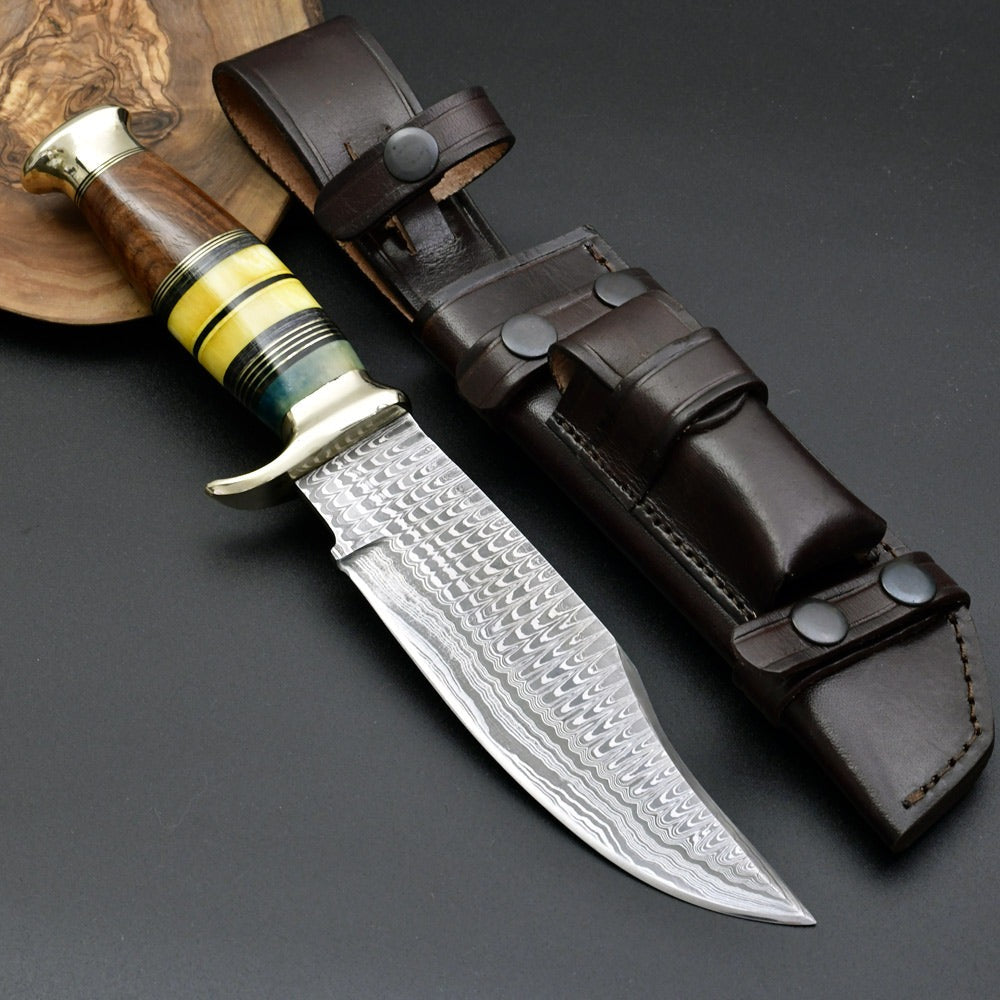
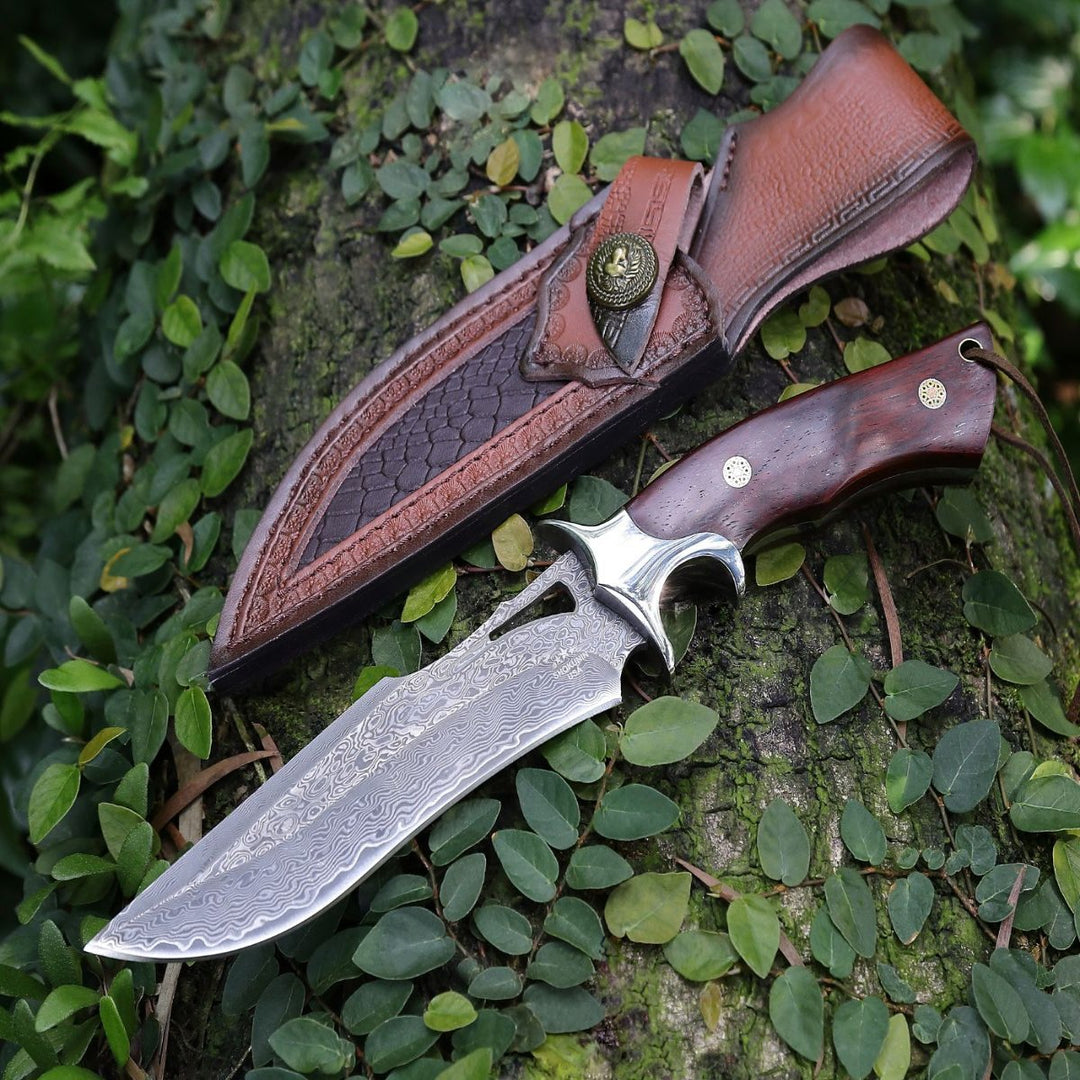
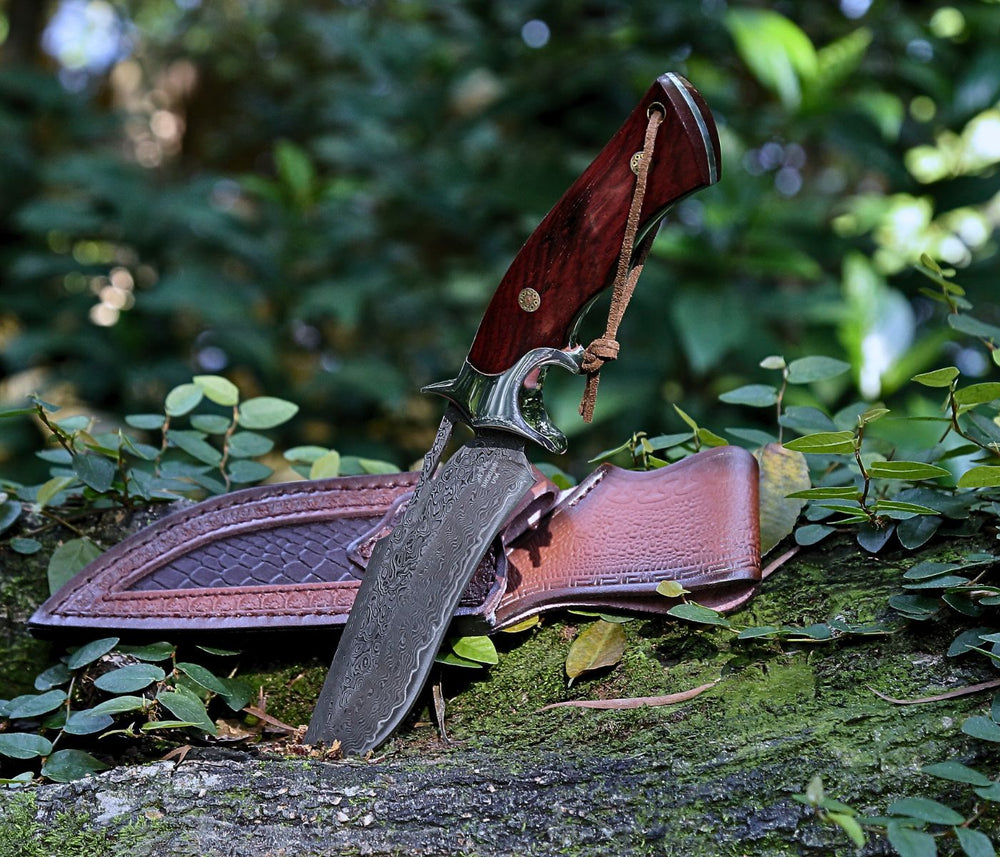
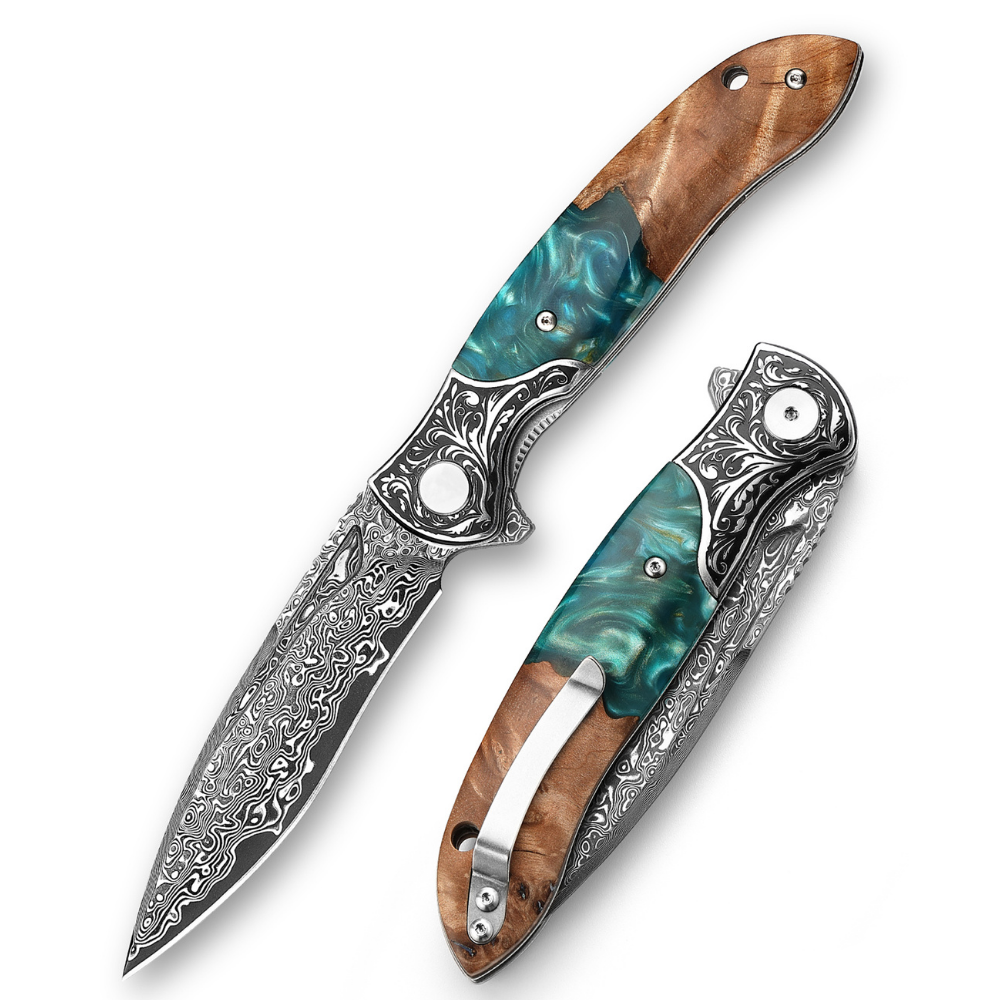
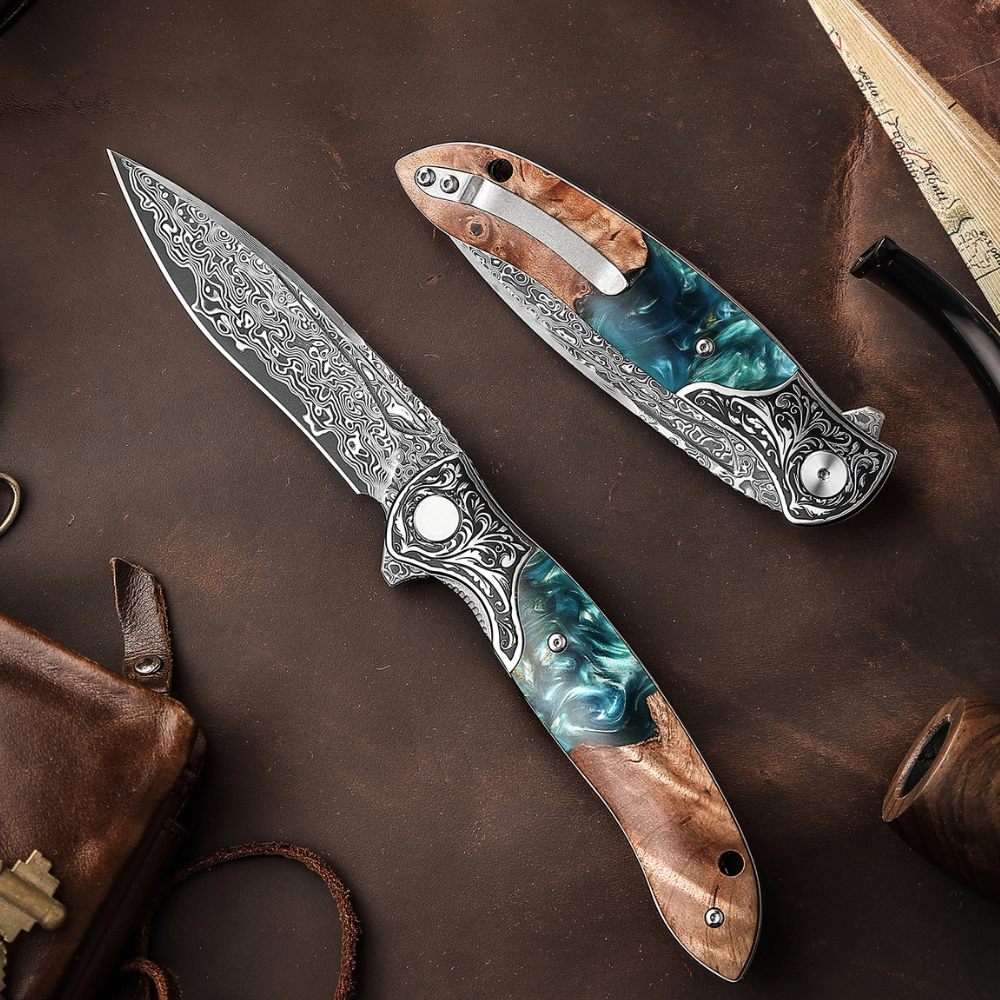
Dejar un comentario